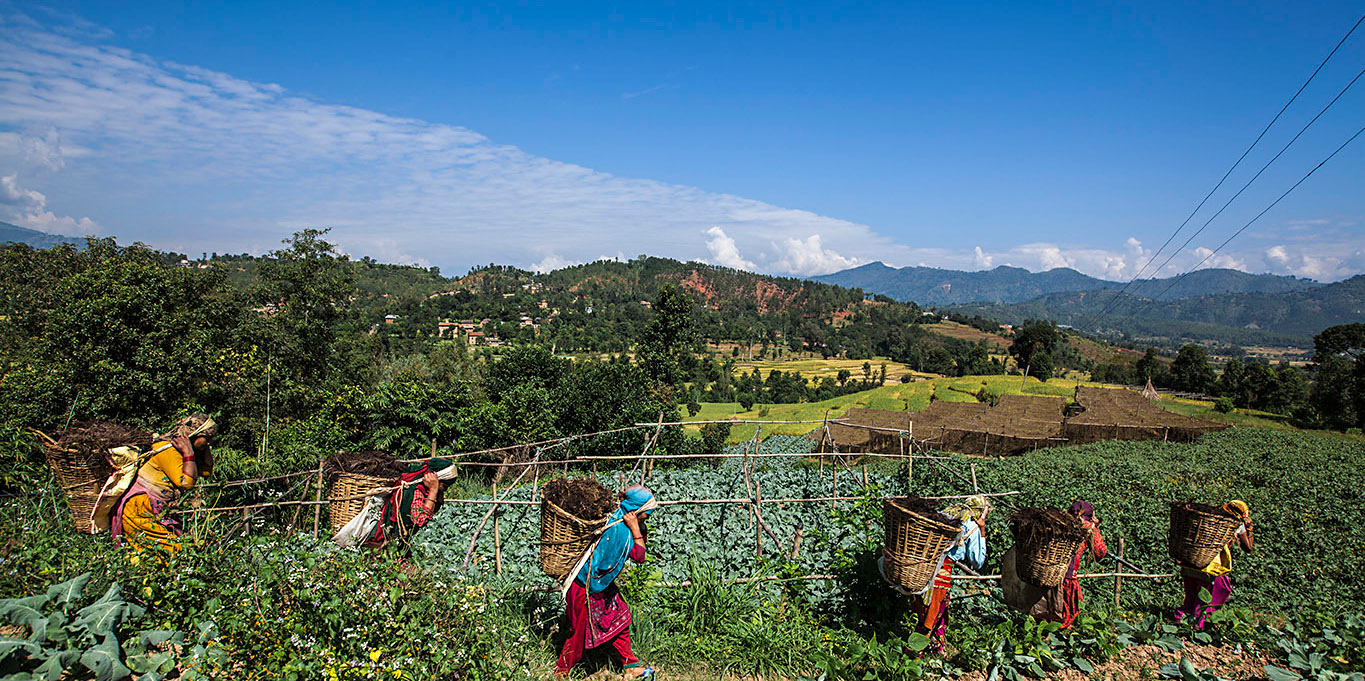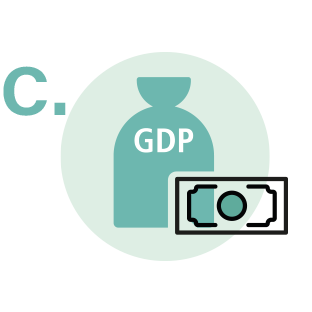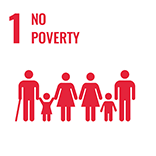Women-centric approach to enhance resilience in Kavre district, Nepal

Summary
This solution is based on The Resilient Mountain Villages (RMV) approach, which was developed by the International Centre for Integrated Mountain Development (ICIMOD). Since 2014, the approach has been applied in a pilot project in eight villages in Nepal by the Center for Environment and Agricultural Policy Research, Extension and Development (CEAPRED).
In the past 20–30 years, an increase in hazard risk due to changes in rainfall patterns was observed in Kavre district, in the mid-hills of Nepal. Drought is the most severe challenge impacting agricultural production, the livelihood mainstay for over two-thirds of the population. In addition, crops are being affected by higher incidences of insect pest attacks. This in turn is forcing farmers to apply higher doses of “red-labelled” chemical pesticides, leading to severe health hazards to people and the environment.
Overview
- Location:
- Implementation sites:
-
- Single country
- Multiple locations
- Mountain region:
-
The Himalayas
- Province:
-
- Kavre district
- Solution scale:
- Ecosystem type(s):
- Solution type(s):
- Climate impact(s) addressed:
- Other climate impact(s) addressed:
-
- Pest attacks
- Climate impact time-scale(s):
- Main benefit associated with the solution:
- Co-benefit(s) associated with the solution implementation:
- Implementation timeline:
-
- 2019 - 2022
Solution details
Main beneficiaries & outcomes
Main beneficiaries
The project has directly benefited 1 089 households, out of which 13 percent are dalit and 21 percent are ethnic minorities. Female participation was high (83 percent), partly because the project encouraged women to join, but also because of the high level of male outmigration – in almost 40 percent of the households in the mid-hills, at least one man had migrated.
Key outcomes
Action Area 1: Climate Resilience and Disaster Risk Reduction (DRR)
The solution’s farming system interventions had a high adoption rate. Jholmal autonomously outscaled to other areas, and there was a 10–15% increase in productivity. Through the energy interventions, shared ownership of line departments was achieved. There was also an increase in water conservation and productivity.
Action Area 2: Socio-Economic Resilience
The project highly benefits women, as 83% of participants are women. Shared ownership of community and government was also achieved.
Action Area 3: Future resilience
An increase in farmers’ bargaining capacity has been achieved.
Planning and implementation
Based on a risk assessment and participatory planning, the project addresses water scarcity, soil nutrition, crop productivity, information gaps, risk reduction and institutional linkages. The actions were deliberately kept simple and affordable to ensure easy uptake for farmers, and to enable practices to be shared by word of mouth among the communities not directly participating.
Average investment per household was less than US$ 100 in the first two years. District and village-level governments, district line agencies (e.g. agriculture, forest, soil and watershed management) and agroveterinary centres are the main stakeholders that support the project partly from their own resources, and are key to scaling up the approach at the national level. A project management committee has been formed representing all stakeholders, ensuring approval, monitoring and networking with other organizations.
In terms of key interventions, the project takes a holistic approach to simultaneously address various aspects of resilience enhancement. A number of technologies and practices based on farmers’ traditional as well as scientific knowledge are tested, demonstrated and disseminated.
Action Area 1: Key interventions for Climate Resilience and Disaster Risk Reduction (DRR)
- Cowshed management and introduction of Jholmal, a cattle-urine-based biopesticide and fertilizer
- Improved cropping practices such as crop rotation, mixed cropping, intercropping
- Testing of crop varieties for different rainfall patterns and climatic conditions
- Manure and mulching to maintain soil nutrients
- Promotion of biogas and solar energy through other schemes
- Practices to reduce the amount of energy required for agriculture
- Harvesting of rain- and wastewater using plastic ponds
- Affordable drip and sprinkler irrigation
Action Area 2: Key interventions for Socio-Economic Resilience
- Improve women’s access to knowledge, tools and resources to sustainably manage households and farms
- Strengthen women’s and farmers’ groups for peer sharing and decision-making
- Work closely with village- and district-level governments to institutionalize practices and ensure ownership
Action Area 3: Key interventions for Future Resilience
- Phone-based crop, weather and market advisories
- Equipping schools with meteorological stations to gather weather data while providing students with an opportunity to learn about climate change
Finance
The work is funded by the governments of Norway and Sweden and part of the Resilient Mountain Solutions (RMS) project.
Resilient Mountain Solutions in the Hindu Kush Himalaya. ICIMOD’s Resilient Mountain Solutions (RMS) initiative innovates and promotes scaling simple and affordable solutions for a resilient HKH. It focuses on three strategic impact areas for creating mountain-specific solutions: poverty reduction, reduced physical and social vulnerability, and improved ecosystem services.
Innovation
The solution has several innovations:
- a combination of scientific and local knowledge-based solutions contextualised specially to address the needs of the women in a high male outmigration context;
- close links with local municipalities to ensure the sustainability and continued investment;
- use of specially developed mobile app to provide women farmers very contextual information about crops, prices, interactive support and weather forecast; and
- institutional innovations, such as development of a marketing cooperative and Sindhuka brand to sell the produce as organic produce.
Capacities for design and implementation
Outlook & Scalability
Barriers and adverse effects
Smallholder farmers are often conservative in their practices, and it took time to convince the participants to experiment with alternative approaches as they already face many risks due to changes such as natural hazards, climate change and reduced labour availability due to migration: If the trials failed, their risks would increase. However, an open-dialogue process engaging the community and local governments in decision-making helped the project to progress, and most of the farmers are now enthusiastically adopting the recommended practices.
Potential for upscaling and replication
Based on the success of the model, other ICIMOD initiatives are exploring the potential of implementing it in other areas, including as a model for a pilot on earthquake reconstruction in Rasuwa, Nepal. Elements of the approach have been adopted by the Government of Pakistan’s Benazir Income Support Program (BISP), and discussions are ongoing with the Government of Nepal. ICIMOD is also engaging other governments and policy makers to scale up the RMV model.





Comments
There is no content